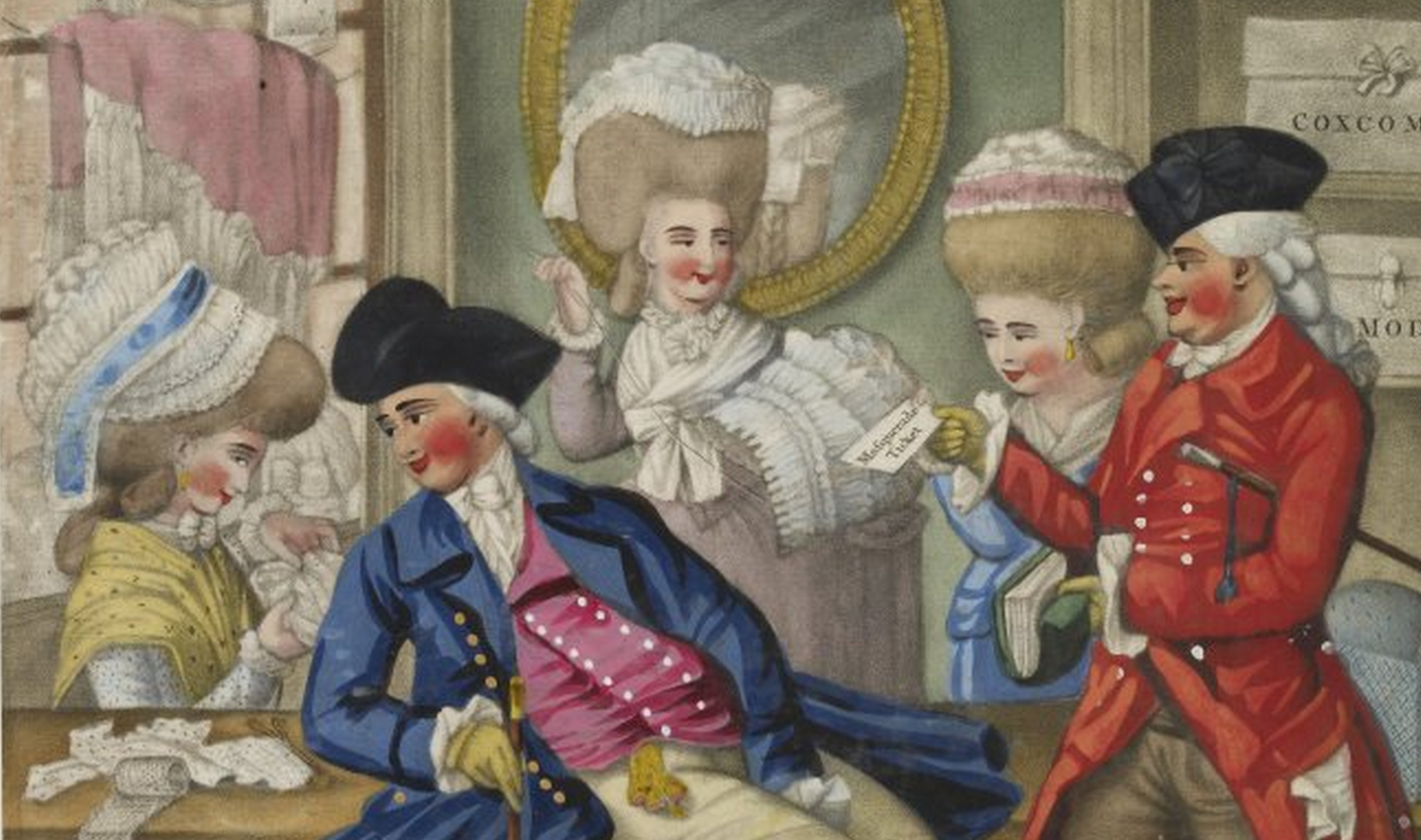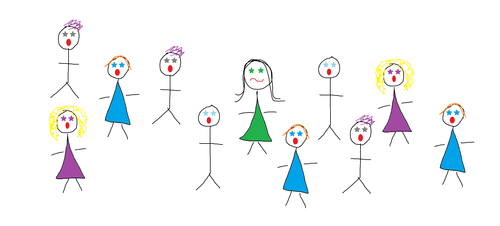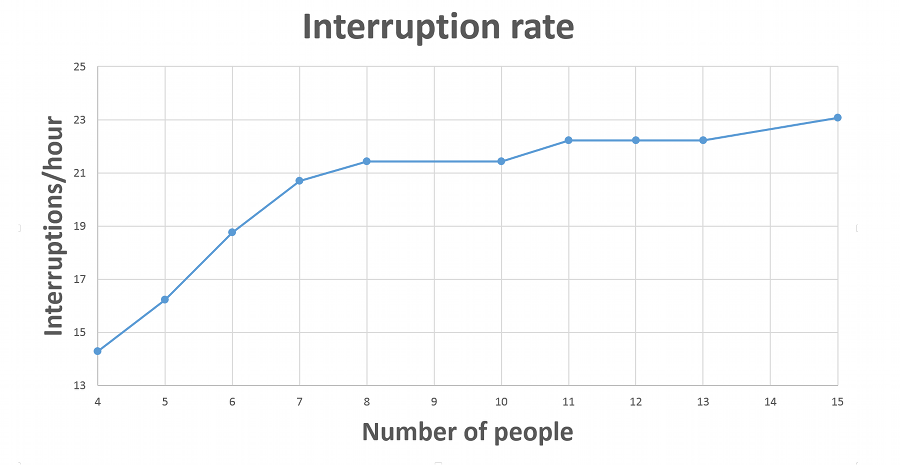We’ve mentioned Lama Pagpa (འཕགས་པ་) at least once in an
earlier blog, on account of his successful lobbying effort with Qubilai Khan to end the culling (“weeding”) of the Chinese peasantry. Unwanted Chinese populations were gotten out of the way by hurling them into the river. Not once in all her long history has China ever deigned to say one simple
Thank you for Pagpa’s compassionate intervention. Quite the contrary, since the Yüan dynasty they’ve been concocting and repeating the most derogatory stereotypes of the evil Tibetan monk.
In today’s blog, in an effort to lighten things up (or to reach a particular low point, depending on perspective), we translate — for what I believe is the very first time ever — Pagpa’s remarkable verses on the virtues of a good beer. I wonder about the circumstances of its writing, but to tell you the truth I have no idea. The Mongols originally drank a lot of kumis made by milking mares and fermenting their milk, but after going out into the wider world where still other alcoholic beverages were available, they found all of them to their liking. One sign of their belief in variety was the famous drink fountain they had made for their drinking parties at the capital in the Mongol heartland along the Orkhon River, the city of Karakoram. As you can see in the artist’s rendition, it had a trumpet-blowing angel at the top and four spouts for four different kinds of intoxicating brews. Some of the Mongol rulers probably drank themselves to death, and it may not be an exaggeration to say that if it weren’t for drink addiction they may have gone on to rule Eurasia far into the future. Again, depending on perspective, moderation may not always be all that much of a good thing.
However much our modern Mongolists may like to play down this aspect (sometimes you guys can be overprotective, admit it!), the Mongols in those days were famous for wiping out whole cities. Just look at what they did to Aleppo and Baghdad. Yet rather than slaughtering useful people, like goldsmiths in particular, they took them along with them and rewarded them handsomely for their impressive skills. One of these fortunate fellows was a Frenchman they picked up in Hungary by the name of Guillaume Boucher. I much admire and recommend a charming little book about him by Leonardo Olschki. I doubt anyone has bothered to put it up on the internet, so may I suggest you find a nice library in your neighborhood and sit down to read it? Well, at least consider it. They don’t write ’em like this anymore.
Some may doubt that a holy person like Pagpa ever advocated beer drinking. But I think the fact it is included in his collected works, his kambum (བཀའ་འབུམ་), is enough to recommend its authenticity, not quite enough to guarantee it (are there any absolute guarantees in this life? I mean, besides death and taxes...).
I confess I tried to do something in the way of making Pagpa’s verses in English approach the poetic level of the original, allowing myself to soar ever so slightly above the deadly thud of literality, but no promises of success there. If you don’t like my rendering, feel free to give it a hand, but you’ll need to keep another hand free to pour the next round. I think you can handle it.
Flask of Ambrosia: Verses in Praise of Beer
By 'Phags-pa
(1235–1280 CE)
Homage to the Wrath King Swirling Nectar, Amṛtakuṇḍalin!
The essence of earth that sustains the lives of beings,
likewise the collections of flowers and fruits,
with the yeast starter prepared with varied tinctures and herbs
and the very stuff that serves as cleanser of beings, the pure water,
the vessels, required conditions, and varied recipes work together to
bring it to complete maturity over a good length of time
bringing out the pure essence of the pure essence.
These are its perfect causes and conditions.
It seems as if ornamented by strings of pearls,
but these strings are of bubbles shining like the sheerest crystal.
Seeing it is a glory for the eyes,
hearing its bubbly
chil-chilsound
a glory for the ears, with its fragrance
satisfying the organ that has the sense of smell,
its every taste both glory and pleasure for the tongue.
Depending if the weather is cold or hot, it brings on warmth
or coolness to our sense of touch, so we feel comfortable.
It is a sun for exorcising the dark tinges of suffering,
a moon that generates the coolness of happiness and contentment.
It is a wind that fans the flames of insight,
is the most glorious prod to eloquence for would-be speakers.
It generates vowed behavior in those entering into battle,
and increases the pleasure of those possessed by desire.
Yet this same drink, for minds desirous of peace,
endows its drinkers with holy meditative absorptions.
For these reasons this is offered as a drink.
It forms the very heart of wealth and leisure.
So it is a thing worthy to be offered,
and ought to be given to those worthy of the gift.
— Verses of praise to beer, Flask of Ambrosia.
༄༅། །ཆང་ལ་བསྔགས་པ་བདུད་རྩིའི་བུམ་པ་བཞུགས། །
༄༅། །ཨོཾ་སྭསྟི་སིདྡྷཾ།
ཁྲོ་བོའི་རྒྱལ་པོ་བདུད་རྩི་འཁྱིལ་པ་ལ་ཕྱག་འཚལ་ལོ།།
ས་ཡི་སྙིང་པོ་འགྲོ་བའི་ཉེར་འཚོ་དང་།།
དེ་བཞིན་མེ་ཏོག་འབྲས་བུའི་ཚོགས་རྣམས་དང་།།
རྩི་སྨན་སྣ་ཚོགས་སྦྱོར་བའི་ཕབས་དང་ནི།།
འགྲོ་བའི་དག་བྱེད་གྱུར་པའི་ཆུ་གཙང་རྣམས།།
སྣོད་དང་རྐྱེན་དང་སྣ་ཚོགས་སྦྱོར་བ་དང་།།
དུས་ཀྱི་འགྱུར་བ་བཟང་པོས་ཡོངས་སྨིན་པར།།
བྱས་ཤིང་དྭངས་མའི་དྭངས་མ་ལེགས་བྱུང་བས།།
འདི་ཡི་རྒྱུ་རྐྱེན་ཕུན་སུམ་ཚོགས་པ་ཡིན།།
ཆེར་དྭངས་ཤེལ་ལྟར་སྣང་བའི་ལྦུ་བ་ཡི།།
ཕྲེང་བ་མུ་ཏིག་ཕྲེང་བས་སྤྲས་འདྲ་བ།།
མཐོང་བས་མིག་གི་དཔལ་ཏེ་ཆིལ་ཆིལ་སྒྲ།།
ཐོས་པས་རྣ་བའི་དཔལ་ལ་བསུང་ངད་ཀྱིས།།
དྲི་འཛིན་དབང་པོ་ཚིམ་པར་བྱེད་པ་ཡིན།།
ཀུན་ནས་མྱངས་པས་ལྕེ་ཡི་དཔལ་ཡང་བདེ།།
གྲང་དང་ཚ་བའི་ཚེ་ན་དྲོད་དང་ནི།།
བསིལ་བྱེད་ལུས་ཀྱི་དབང་པོ་བདེ་བའི་རྒྱུ།།
མྱ་ངན་ཐིབས་པ་སེལ་བའི་ཉི་མ་སྟེ།།
དགའ་བདེའི་བསིལ་བ་བསྐྱེད་པའི་ཟླ་བ་ཡིན།།
ཤེས་རབ་མེ་ལྕེ་འབར་བྱེད་རླུང་ཡིན་ལ།།
སྨྲ་འདོད་རྣམས་ཀྱི་སྤོབས་པའི་དཔལ་ཡང་ཡིན།།
གཡུལ་ངོར་ཞུགས་པའི་བརྟུལ་ཞུགས་སྐྱེད་བྱེད་ཅིང་།།
འདོད་ལྡན་རྣམས་ཀྱི་བདེ་བའང་རྒྱས་བྱེད་ཡིན།།
ཞིར་འདོད་རྣམས་ཀྱི་རྒྱུད་ལ་འདི་ཡིས་ནི།།
ཏིང་འཛིན་དམ་པ་ལྷུག་པར་བསྐྱེད་པ་ཡིན།།
དེ་ཕྱིར་འདི་ནི་བཏུང་བའི་ཕུལ་ཡང་ཡིན།།
ལོངས་སྤྱོད་རྣམས་ཀྱི་སྙིང་པོར་གྱུར་པ་ཡིན།།
དེ་སླད་འདི་ནི་མཆོད་འོས་མཆོད་པ་དང་།།
སྦྱིན་འོས་རྣམས་ལ་སྦྱིན་པར་བྱ་བ་ཡིན།།
ཆང་ལ་བསྔགས་པའི་རབ་ཏུ་བྱེད་པ་བདུད་རྩིའི་བུམ་པ་ཞེས་བྱ་བ་ཨི་ཐི།། །།
± ± ±
Reading matter for the beer-emboldened
For the basis of the text you see above, you can look
here. For a biography of the author, go to
The Treasury of Lives, and to
this particular page of it. I also recommend
this PDF.
Leonard Olschki, Guillaume Boucher, a French Artist at the Court of the Khans, John Hopkins Press (Baltimore 1946). Much to be recommended, as is another book by the same author on a different subject called The Myth of Felt.
Olschki's note on his Illustration 3:
“This picture shows the reconstruction of Mangu Khan's magic fountain as described by Friar William of Rubruck and engraved by an anonymous chalcographer for Pierre Bergeron's Voyages faits principalement en Asie, published at The Hague in 1735. The lively illustration faithfully reproduces all the details enumerated by the missionary and shows in its background a fantastic image of Mangu Khan sitting on his throne like a Buddha, but stretching out his right hand to the butler who carries the cup to him while another butler goes down the steps on the opposite side.”
Oh, and check out those humongous basins!
Sarolta Tatár, “The Iconography of the Karakoram Fountain,” available at academia.edu,
here. Boucher's silver tree if not fully automated was still a rather complicated contraption, its working involving some human participation. In classical Indic terms, that makes it a perfectly fine example of a
yantra. (No matter how much head-scratching it may bring to machine historians.)
Bod-grong-pa, The Dispute between Tea and Chang (Ja-chang lha-mo'i bstan-bcos), translated by Alexander Fedotov & Sangye T. Naga, Library of Tibetan Works and Archives (Dharamsala 1993). Translation of Ja'i lha mo shes rab sgrol ma dang chang gi lha mo bde ldan bdud rtsi gnyis kyi dbar kha shags 'thab pa'i bstan bcos — ཇའི་ལྷ་མོ་ཤེས་རབ་སྒྲོལ་མ་དང་ཆང་གི་ལྷ་མོ་བདེ་ལྡན་བདུད་རྩི་གཉིས་ཀྱི་དབར་ཁ་ཤགས་འཐབ་པའི་བསྟན་བཅོས་.
John Ardussi, “Brewing and Drinking the Beer of Enlightenment,” Journal of the American Oriental Society, vol. 97, no. 2 (April - June 1977), pp. 115-124.
Ezra Dyer, “In Praise of Beer: A Heartfelt Paean to Humanity’s Greatest Achievement.” Oh, my!
This popped up with a Schmoogle-search. In prose, but not all that unpoetical.
Shen Weirong, “Magic Power, Sorcery and Evil Spirit: The Image of Tibetan Monks in Chinese Literature during the Yuan Dynasty,” contained in: Christoph Cüppers, ed.,
The Relation between Religion and State (chos srid zung 'brel) in Traditional Tibet, Lumbini International Research Institute (Lumbini 2004), pp. 189-227. If you read French, you might also try Isabella Charleux, “
Les 'lamas' vus de Chine: fascination et répulsion,”
Extrême-Orient Extrême-occident, vol. 24 (2002), pp. 133-151.
There are a number of Tibetan works on the evils of beer, including one attributed to Padampa Sangyé I thought I would write about sometime if I get the chance.
I noticed a title of something that is obviously a praise of a tasty beer in the catalogue of the Bodleian collection:
Zhim dngar chang gi yon tan phun sum tshogs —
ཞིམ་དངར་ཆང་གི་ཡོན་ཏན་ཕུན་སུམ་ཚོགས་ —
Bodleian Catalogue, p. 85. That isn't a title, just words of the refrain of a short set of verses with 9 syllables to the line, like ours. I leave that for the writer of
Bod Blog to blog on about. Cheers, Charles!

§ § §
An important postscript!
— September 5, 2014
I can hardly believe my negligence in posting this blog without making any reference to Kurtis Schaeffer’s magnificent translation of verses in praise of beer by the great Dzogchen master Longchenpa (1308-1363). Go have a look at it ASAP, if you possibly can. Here are the details: “A Drinking Song,” contained in: Kurtis R. Schaeffer,
et al., eds.,
Sources of Tibetan Tradition, Columbia University Press (NY 2013), pp. 474-478. From reading it in translation, I think I can say that Longchenpa must have read Pagpa’s. At the very least it’s true there are specific themes in common.
Another important postscript.
— October 22, 2014
Oh, well... things could be worse. Not only that, but I was laboring under the delusion that I was the first one to translate Lama Pagpa's Verses in Praise of Beer into English. That is, until another one arrived in the mail today. See “Vase of Ambrosia: An Exaltation of Beer,” contained in: Chogyal Phagpa, The Emperor’s Guru, tr. by Christopher Wilkinson, Sakya Kongma Series no. 5, Suvarna Bhasa (Concord 2014), pp. 19-20. The series of translations from the early Sakya Masters' works is worth checking out (search for "Sakya Kongma Series" on the internet). I’ll let you be the judge, but I think the two translations are very different but very similar.
This comes from Dan's Tibeto-logic blog located at Blogger.com:
http://tibeto-logic.blogspot.com/



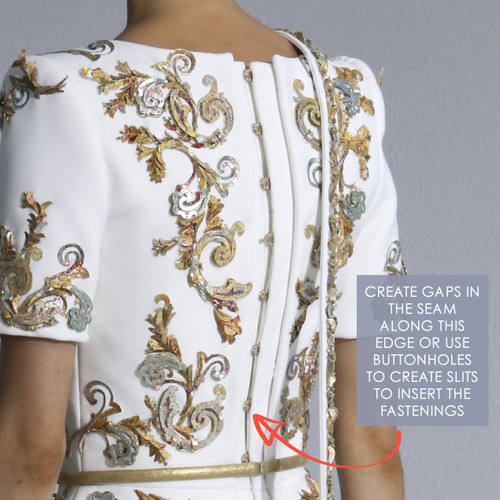









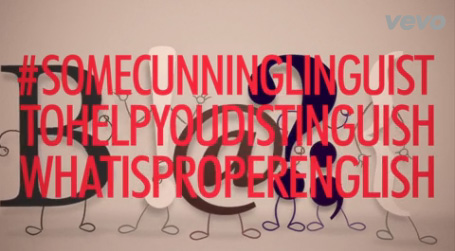







 AP
AP 















